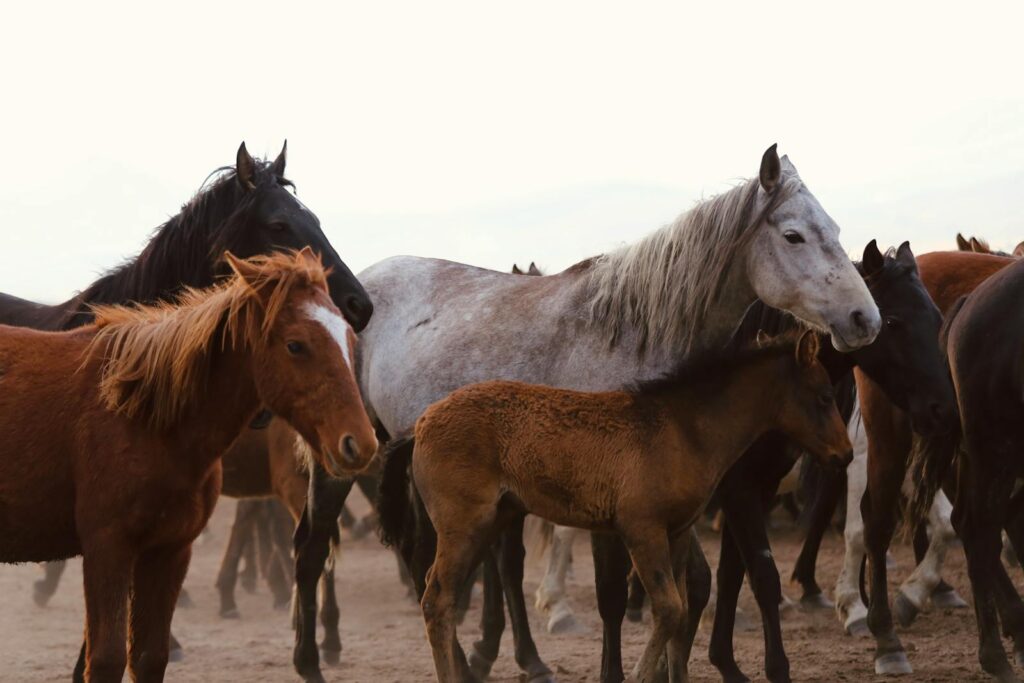In the fascinating world of equine breeding, color genetics is far more than an aesthetic preference—it’s a complex science with significant implications for breeders, owners, and the equine industry as a whole. Horse color genetics influence everything from market value and breed registration to practical aspects of care and management. Understanding the intricate patterns of inheritance allows breeders to make informed decisions, preserve rare traits, and even avoid certain health issues linked to specific color genes. With modern genetic testing becoming more accessible, the knowledge of equine color genetics has evolved from folklore and observation to precise science, opening new possibilities for selective breeding programs around the world.
The Fundamentals of Equine Color Genetics
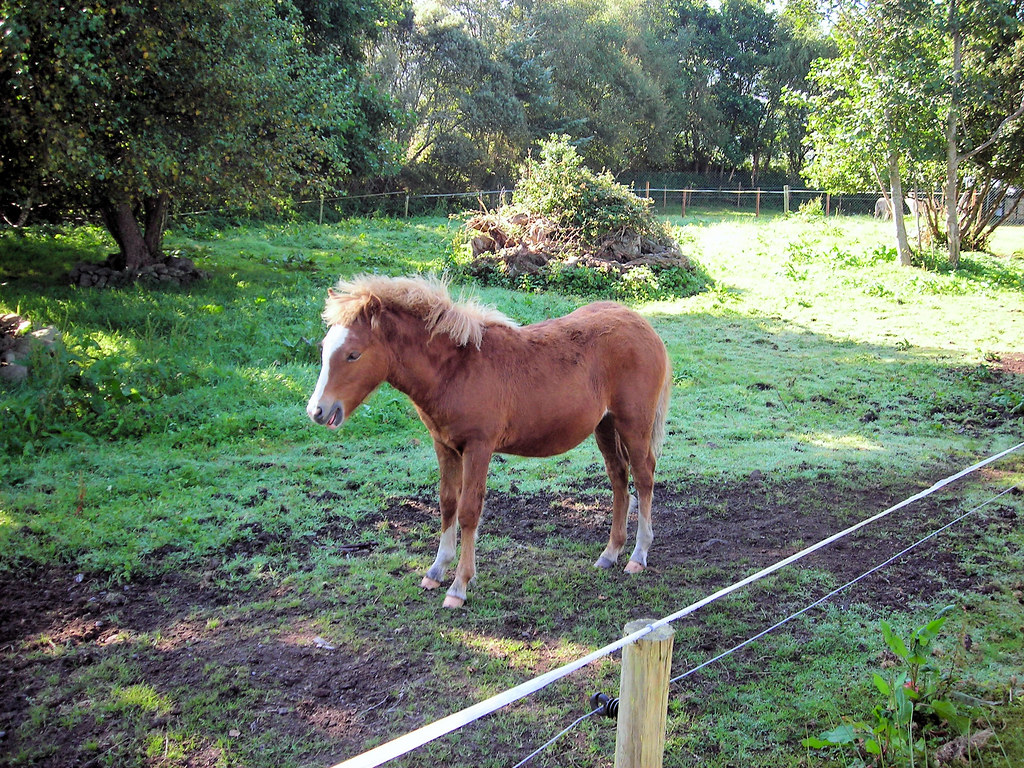
Horse color genetics follow basic inheritance principles, where specific genes control the production and distribution of pigments in the horse’s coat, mane, tail, and skin. The two primary pigments are eumelanin (black) and pheomelanin (red/chestnut), with various modifier genes influencing how these pigments are expressed across the horse’s body. Horses inherit one copy of each gene from both parents, with some genes exhibiting dominance over others, while some show incomplete dominance or interact in more complex ways with other genes. Understanding these fundamentals lays the foundation for predicting color outcomes in breeding programs and recognizing how certain genes influence not just appearance, but functionality as well. Modern genetic testing can identify the specific alleles present in breeding stock, enabling more precise breeding decisions than visual assessment alone ever could.
Base Colors and Their Genetic Control
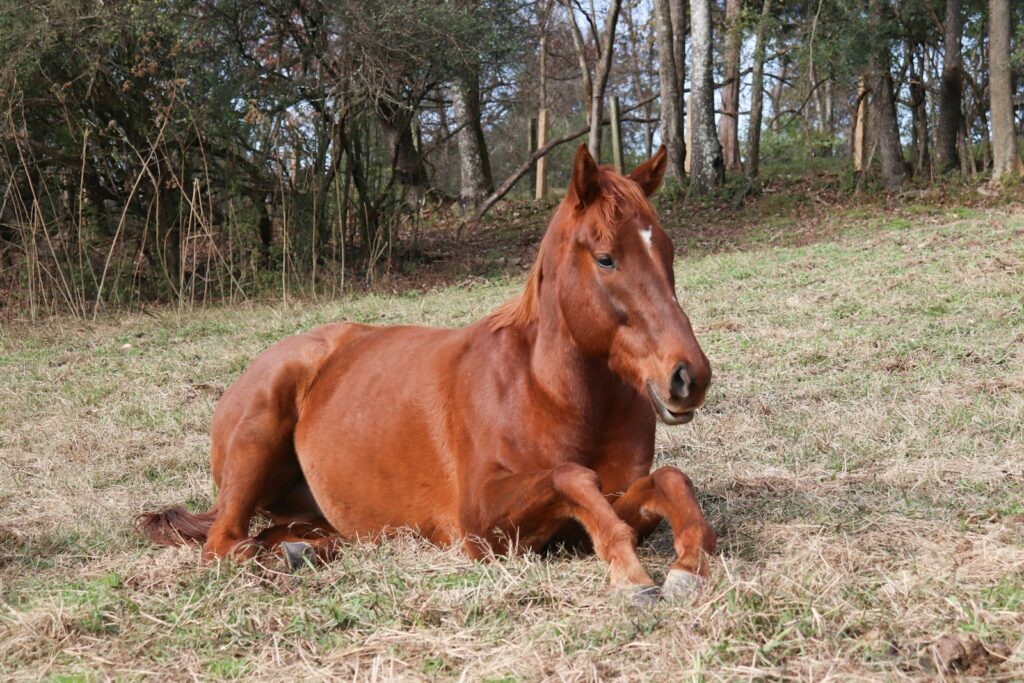
All horse colors originate from three basic genetic types: red (chestnut/sorrel), black, and bay—controlled by two primary loci: the Extension locus (E) and the Agouti locus (A). The Extension gene determines whether black pigment can be produced at all, with the dominant “E” allowing black pigment production and the recessive “e” resulting in a horse that can only produce red pigment (chestnut). The Agouti gene controls the distribution of black pigment: the dominant “A” restricts black to the points (mane, tail, lower legs), creating a bay horse, while the recessive “a” allows black to cover the entire body. These base colors form the foundation on which all other patterns and dilution genes act, making them essential to understanding any breeding program. The interaction between these two genes explains why two chestnut parents can never produce a black foal, or why a homozygous black stallion bred to bay mares will never produce chestnut offspring.
Dilution Genes and Their Effects
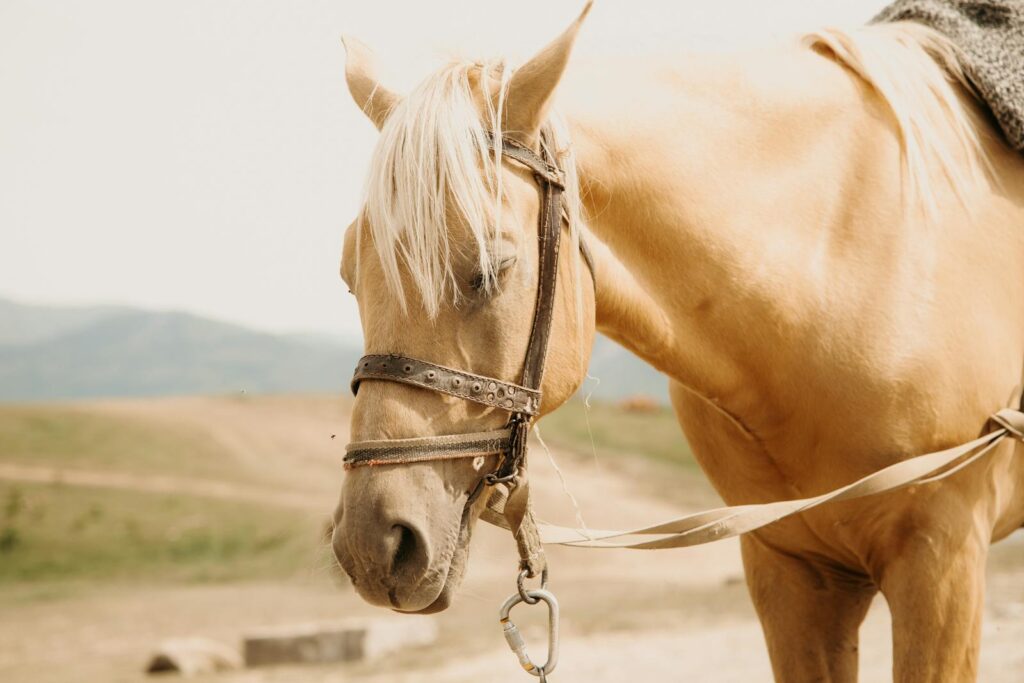
Dilution genes modify the intensity of base coat colors, creating distinctive variations that range from subtle to dramatic. The cream gene (Cr) is perhaps the most well-known, producing palominos and buckskins with a single copy, and near-white cremellos and perlinos when inherited from both parents. The dun gene lightens the body while creating primitive markings such as dorsal stripes and leg barring. The champagne gene results in gold-toned coats with mottled skin and amber eyes, while the silver gene affects only black pigment, producing chocolate-colored bodies with flaxen manes and tails. Pearl, an incompletely dominant gene common in Iberian breeds, causes subtle changes when heterozygous but results in dramatic cream-like dilution when paired with the cream gene. Each dilution gene follows specific inheritance patterns that breeders must understand to reliably produce desired colors and avoid potential health concerns linked to certain genetic combinations.
White Patterns and Their Genetic Mechanisms
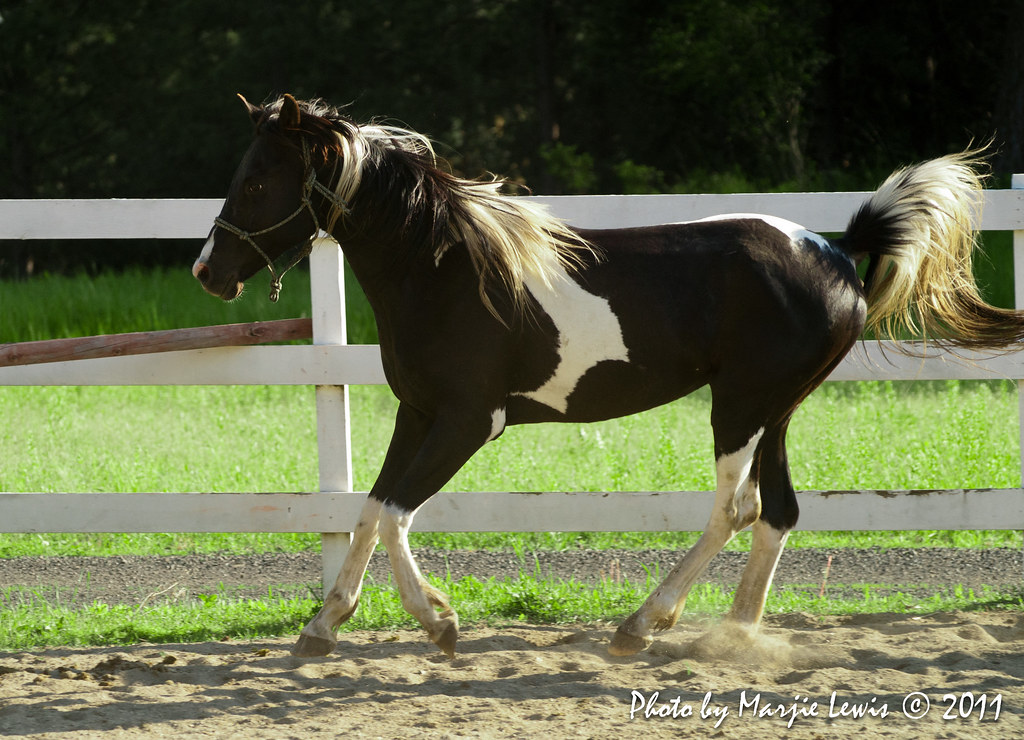
White patterning in horses produces some of the most striking and sought-after coat colors, governed by several distinct genetic mechanisms. Tobiano, characterized by rounded white patches that cross the topline, is caused by a dominant gene and is relatively easy to breed for predictably. Overo patterns—including frame overo, sabino, and splashed white—typically create white markings that originate from the underside and limbs, with each variant controlled by different genes and inheritance patterns. The LP (leopard complex) gene is responsible for the distinctive spotted patterns seen in Appaloosas and other spotted breeds, though its expression is influenced by multiple interacting genes. Dominant White and certain Sabino genes can produce horses that appear entirely white despite colored ancestry. Understanding these patterns is essential, as some—particularly frame overo—can carry serious health risks; homozygous frame overo foals are affected by lethal white syndrome, making genetic testing critical for responsible breeding.
Economic Impact of Color in the Horse Market
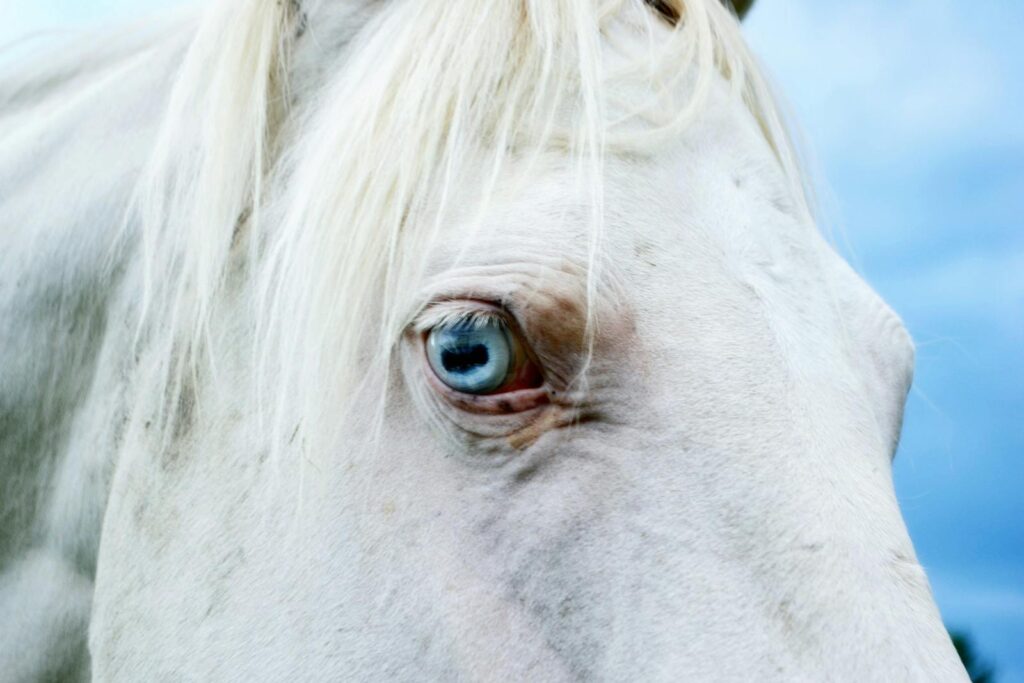
Horse color can significantly influence market value, with rare or fashionable colors often commanding premium prices in certain markets. Studies consistently show that horses with unusual or eye-catching color patterns—such as blue-eyed cremellos, striking Appaloosas, or flashy Paints—can sell for 20–30% more than similarly conformed, solid-colored horses. In specialized sectors like the American Paint Horse or Quarter Horse industries, specific color combinations have become highly marketable, shaping breeding decisions and investment strategies. However, this emphasis on color can be a double-edged sword, as shifting market trends may lead to breeding priorities that favor appearance over performance or soundness. Savvy breeders understand that while color enhances marketability, sustainable breeding programs must balance visual appeal with functional traits and genetic health to preserve long-term value and breed integrity.
Color-Related Health Considerations
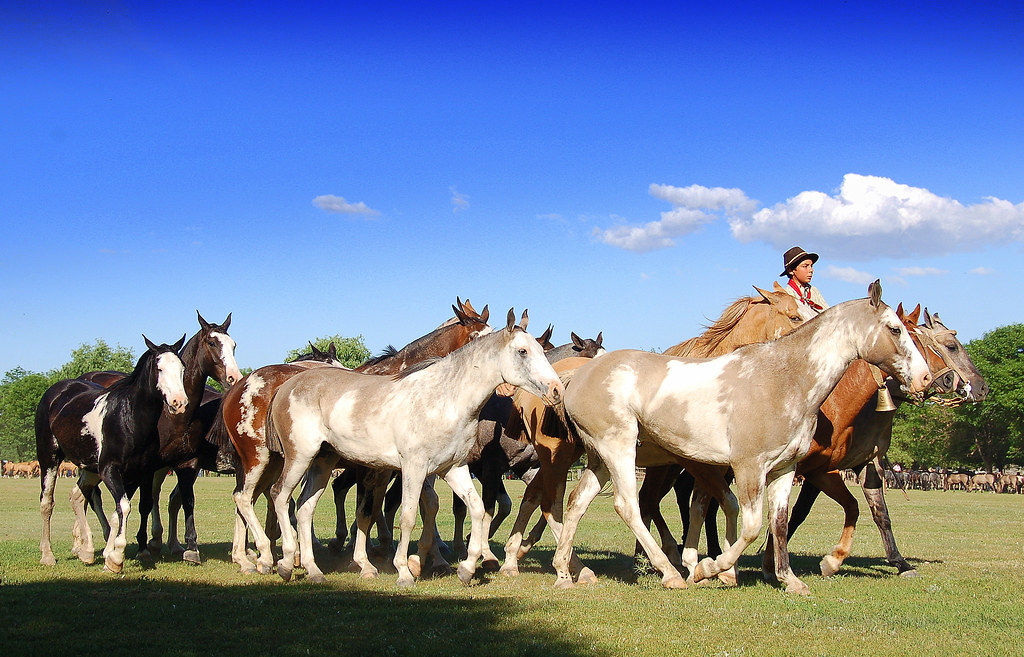
Several horse color genes are associated with specific health concerns that responsible breeders must take into account when planning breeding programs. The frame overo pattern, when inherited in a homozygous state, results in Lethal White Overo Syndrome—a fatal condition where foals are born with underdeveloped intestinal nerves and cannot pass manure. Horses with extensive white markings, especially on the face, are more prone to sunburn and squamous cell carcinoma, requiring extra care in sunny climates. The homozygous cream gene can cause light-sensitive eyes that may need protection from bright light. Horses carrying the PATN1 gene, linked to Appaloosa spotting patterns, are often night-blind and at increased risk for Equine Recurrent Uveitis, a leading cause of equine blindness. The silver gene, known for producing dramatic silver dapple coats, is associated with Multiple Congenital Ocular Anomalies (MCOA), which can impair vision to varying degrees. These risks highlight the importance of making breeding decisions that prioritize animal welfare alongside aesthetic traits.
Color Requirements in Breed Registries
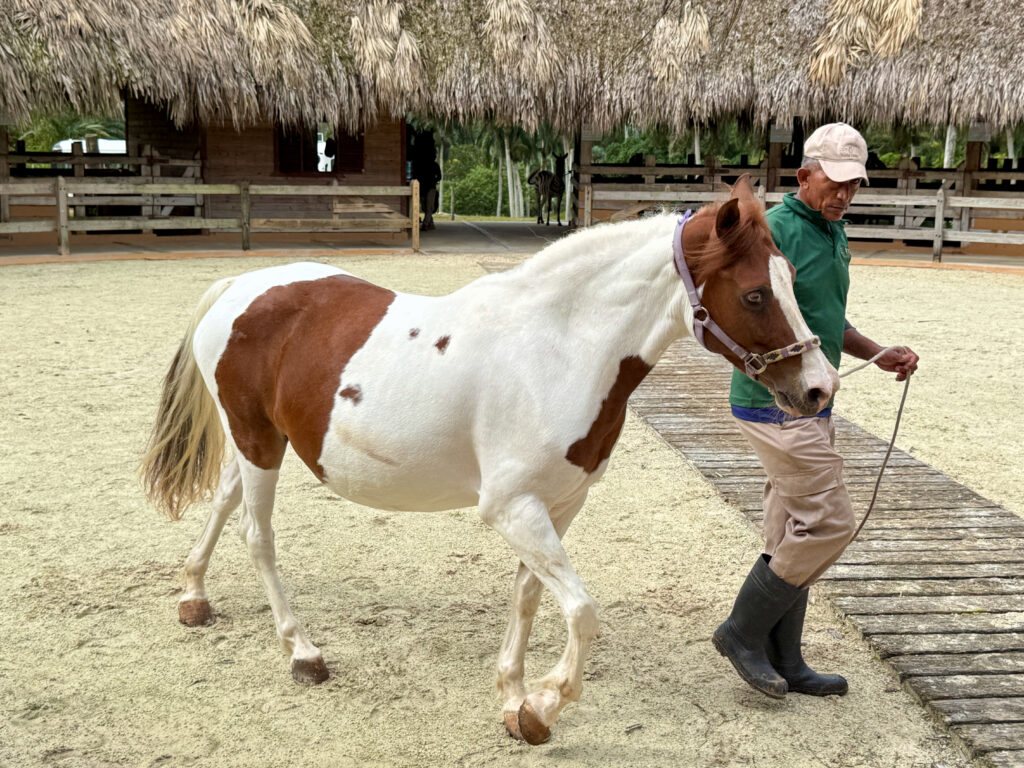
Many breed associations impose specific color requirements or restrictions that directly influence breeding programs and registration eligibility. For example, the American Paint Horse Association requires qualifying white patterns for regular registry, creating market incentives for breeding horses with distinct color patterns. On the other hand, breeds like the Friesian allow only black horses, disqualifying any animal with chestnut coloring, regardless of conformation or performance ability. The Palomino Horse Breeders of America maintains strict color standards, accepting only golden horses with white manes and tails within a defined color range. Some breed registries have updated their color requirements over time—such as the Appaloosa Horse Club, which now accepts solid-colored horses with Appaloosa characteristics like mottled skin as “non-characteristic” registrants. These registry requirements play a significant role in shaping breeding decisions, sometimes leading to the creation of separate genetic pools within what would otherwise be a single breed, and influencing how breeders approach color genetics in their programs.
Genetic Testing Advancements

The field of equine color genetics has been transformed by accessible DNA testing, enabling breeders to make highly precise decisions in their color breeding strategies. Modern genetic tests can detect carrier status for nearly all major color genes, including recessive traits that may not be visually apparent in a horse’s phenotype. By sending hair samples to specialized laboratories, breeders can now determine whether a horse carries genes linked to traits such as lethal white syndrome, champagne dilution, silver dapple, and many others—eliminating much of the guesswork that once dominated color breeding. These tests have become increasingly affordable, with comprehensive color panels available for under $100, making them a standard practice in many professional breeding operations. Genetic testing has been especially valuable in conservation breeding programs for rare colors, allowing breeders to identify and selectively breed horses carrying uncommon color genes—even when those genes are not visibly expressed—thus preserving valuable genetic diversity that might otherwise be lost.
Creating Breeding Strategies for Color
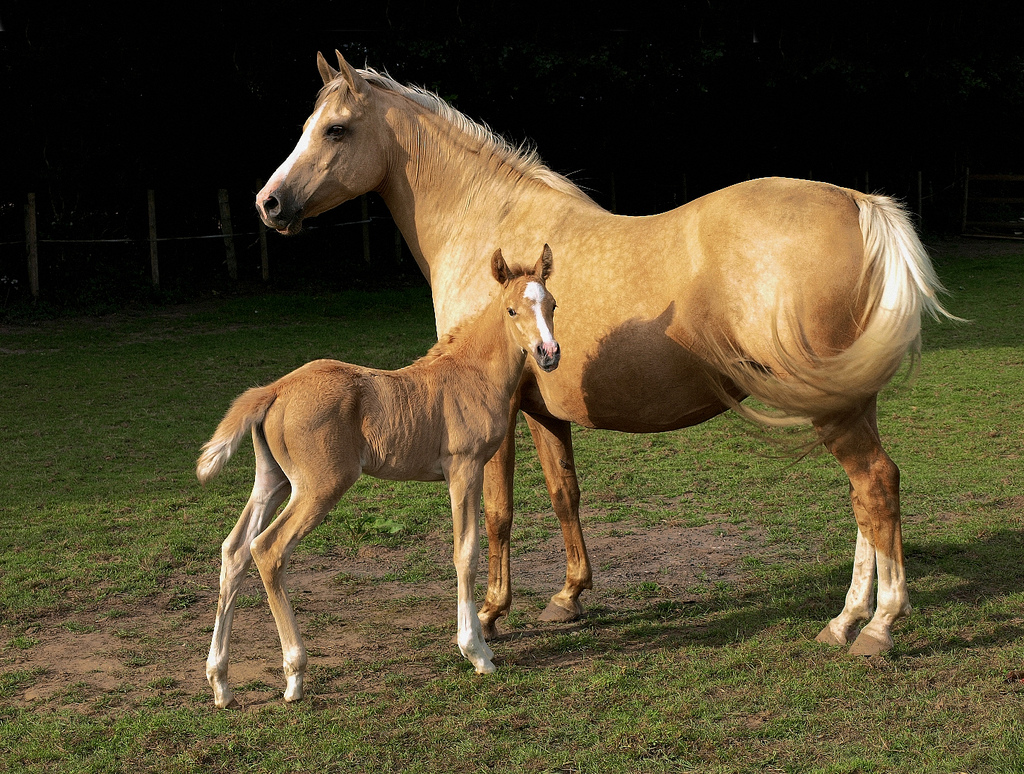
Developing effective breeding strategies for specific coat colors requires a solid understanding of genetic inheritance patterns, probability, and often multi-generational planning. Breeders aiming for consistent color outcomes must begin by identifying the genotypes of their breeding stock through genetic testing or production records, as a horse’s appearance doesn’t always reveal its complete genetic profile. For recessive traits like the cream gene found in palominos, breeders may use homozygous cream stallions to ensure that all offspring from non-cream mares inherit at least one copy of the desired gene. More complex colors that rely on multiple genes—such as a blue roan tobiano—require breeding stock that carries all necessary genes and may take several generations of selective breeding to achieve consistent results. Experienced breeders often use computer modeling and genetic tracking software to predict color outcomes and plan matings that optimize both color and non-color traits. The most successful color-focused breeding programs prioritize overall quality, recognizing that while color enhances appeal, it cannot compensate for shortcomings in temperament, conformation, or athletic ability.
Preserving Rare Color Genetics
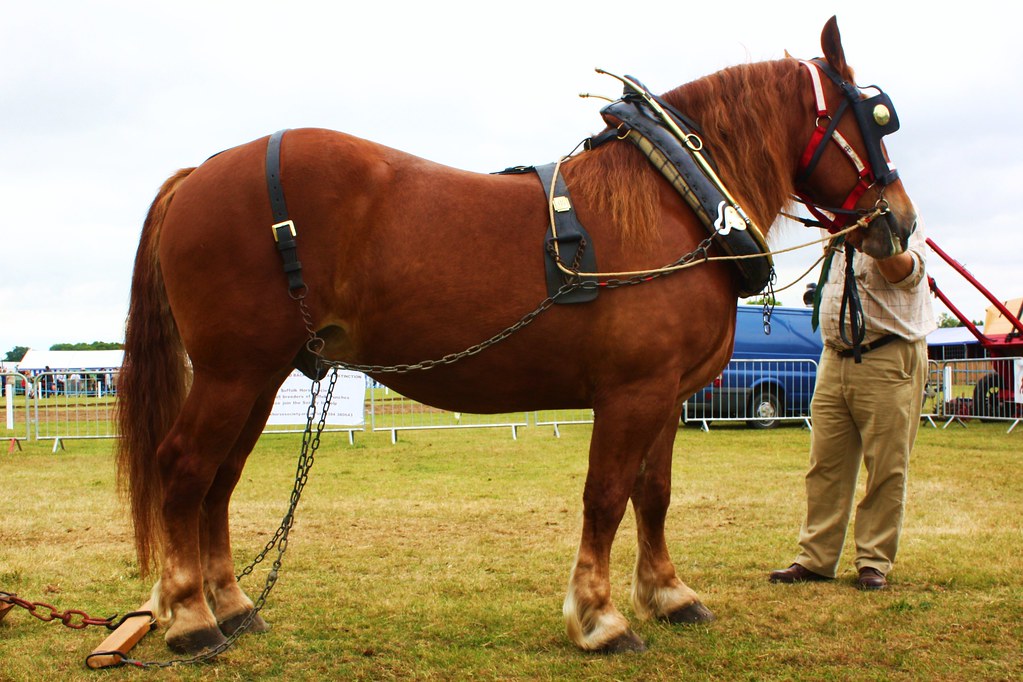
Certain horse color patterns have become exceedingly rare, requiring dedicated conservation breeding to keep them from disappearing from the gene pool. Traits such as the true silver bay gene in Welsh Ponies, the pangare gene that produces mealy points in Suffolk Punch horses, and the limited lines carrying the pearl gene in Quarter Horses represent valuable genetic diversity that goes beyond aesthetics. Conservation breeders often collaborate across multiple farms, sharing stallions or genetic material to preserve rare color traits while maintaining overall genetic health. Modern reproductive technologies like frozen semen and embryo transfer have strengthened these efforts by enabling wider distribution of rare genetics without geographic limitations. Preserving rare color genetics often aligns with protecting rare breed genetics, as many heritage breeds possess unique color genes not found in more common populations. These efforts underscore a vital truth: once lost, genetic diversity cannot be recreated—making the conservation of unusual color traits a key element in safeguarding equine biodiversity.
Ethical Considerations in Color Breeding
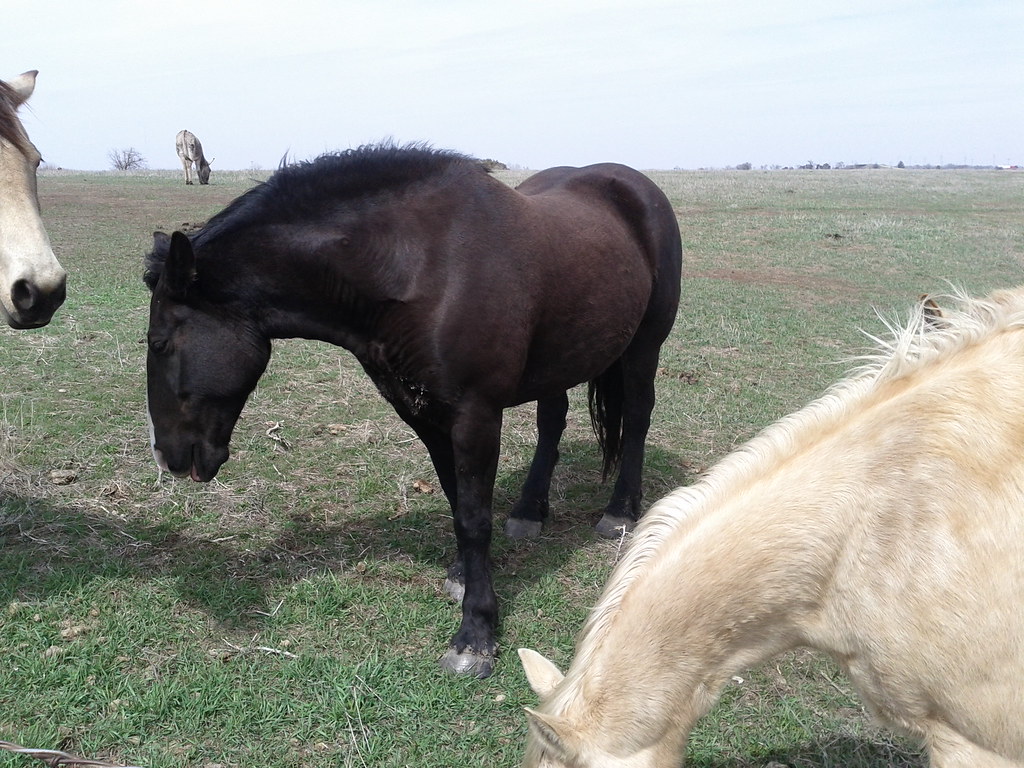
The pursuit of specific colors in breeding programs raises important ethical questions that responsible breeders must address. Breeding primarily for color while disregarding soundness, temperament, or genetic health represents a questionable priority that potentially compromises equine welfare. Particularly concerning are practices that knowingly risk producing horses with color-associated health conditions, such as breeding two frame overo horses without testing for the lethal white gene. The market premium for unusual colors sometimes encourages dubious practices, including misrepresenting color possibilities to buyers or breeding horses with significant conformational flaws solely because they carry rare color genes. Ethical color breeding requires transparency about genetic testing results, honesty in marketing color possibilities to clients, and a commitment to breeding horses that are functional and healthy, not just visually striking. Many breed associations have developed ethics guidelines that specifically address appropriate balancing of color considerations with overall horse quality and welfare.
Historical Evolution of Color Preferences

Horse color preferences have evolved dramatically throughout history, reflecting changing practical needs, cultural symbolism, and fashion trends. In ancient warfare, solid-colored horses were often favored in military units to create a uniform appearance, while spotted horses were associated with nomadic cultures across Asia and Native American tribes. Medieval European nobility showed distinct preferences for specific colors—Spanish courts prized the rare pearl dilution in Andalusians, while northern European knights often selected black horses for their imposing appearance. By the 19th century, specific colors became strongly associated with certain breeds and uses: the fiery chestnut of the Suffolk Punch for farm work, the sleek black Friesian for funeral processions, and the distinctive spotted patterns of the Knabstrupper for circus performances. The 20th century saw dramatic shifts as mechanization reduced the need for working horses, and leisure riding created new preferences for flashy colors that stand out in show rings or on trails. These shifts show how evolving color preferences mirror broader cultural, practical, and aesthetic changes in human-horse relationships.
Future Directions in Equine Color Genetics
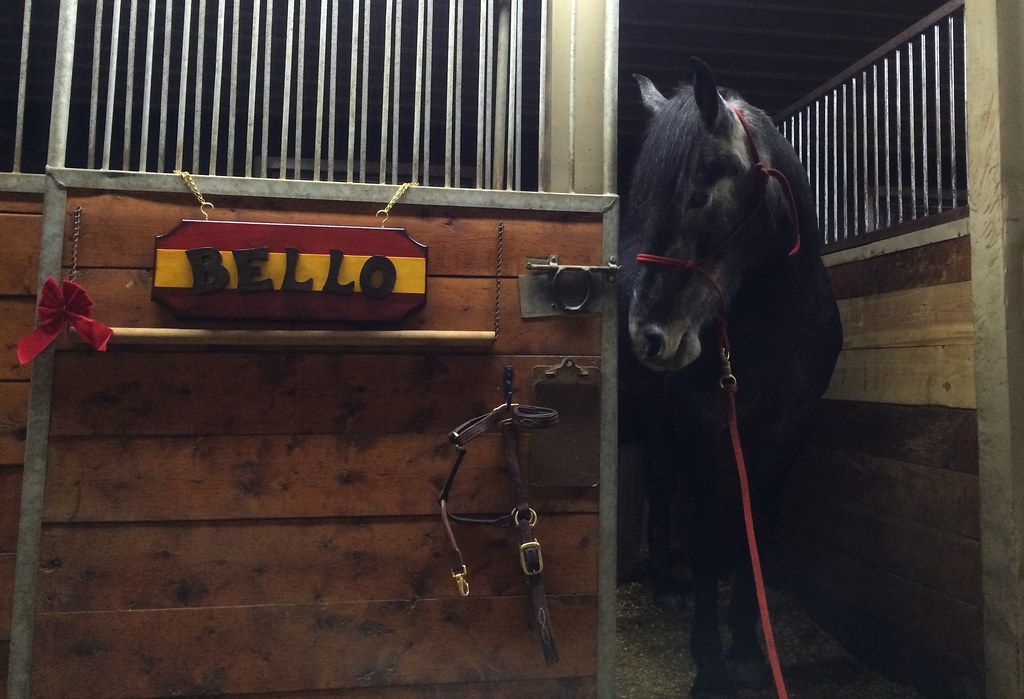
The future of equine color genetics promises exciting developments at the intersection of advancing technology and traditional breeding. CRISPR gene editing technology, while not yet widely applied to horses, could theoretically allow for the precise modification of color genes, potentially creating new variations or eliminating problematic genes associated with health issues. Improved genetic mapping continues to uncover previously unknown modifier genes that influence how base colors are expressed, explaining variations that breeders have observed but could not previously predict. Computer modeling is becoming increasingly sophisticated, allowing breeders to run complex simulations of breeding outcomes across multiple generations before making actual breeding decisions. As genetic databases expand, population-level analysis may reveal previously unknown correlations between certain color genes and performance traits or health conditions. The most promising direction combines this advancing technology with traditional breeding wisdom, creating programs that honor both the art and science of color breeding while prioritizing overall equine health and functionality.
Understanding horse color genetics is far more than an aesthetic pursuit—it’s a fascinating blend of science, history, and practical application that continues to evolve. For modern breeding programs, knowledge of color inheritance patterns provides both opportunities and responsibilities. While striking colors can enhance marketability and preserve historic traits, responsible breeders recognize that color must be balanced with soundness, temperament, and genetic health. As genetic testing becomes increasingly sophisticated and accessible, breeders now have unprecedented ability to make informed decisions that advance their color goals while avoiding associated health risks. The most successful breeding programs view color as one component of a holistic approach that honors the horse’s complete nature and purpose, creating animals that are not only beautiful to behold but also functional, healthy, and well-suited to their intended roles.

